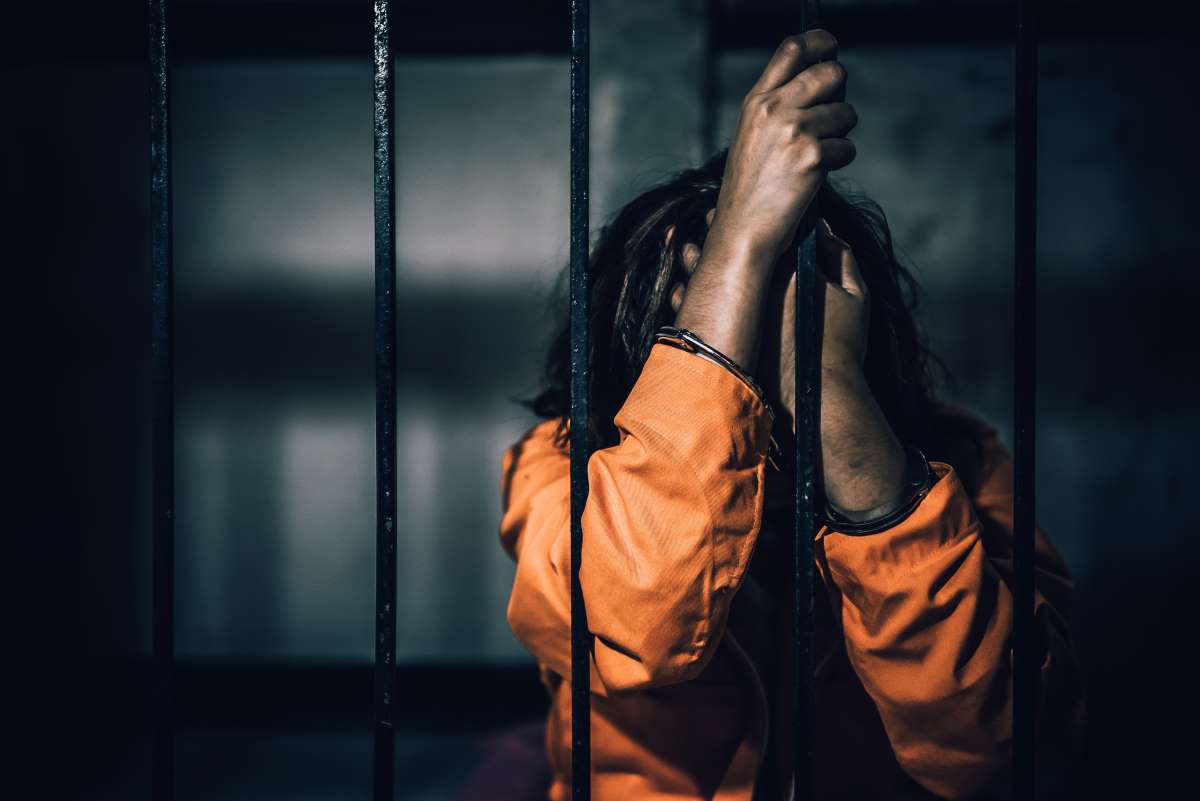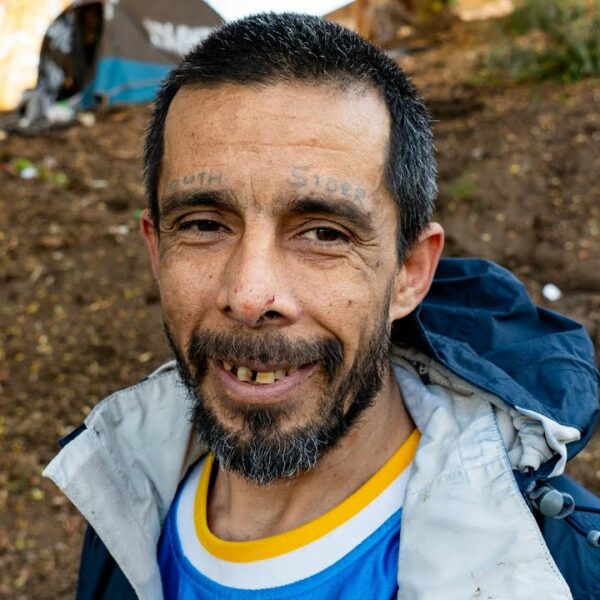We already know there’s a strong link between incarceration and homelessness. In fact, people who spend time in prison are ten times more likely to become homeless than the general public. Conversely, around 15% of people going to prison have been homeless in the past year.
There are many misconceptions about why this link exists. Some think people who’ve been in prison are less educated, more violent, and overall less able to function successfully in society than their law-abiding counterparts. These qualities make them less able to sustain housing and more likely to end up on the street. They also make them more likely to re-offend and go back to prison.
Another common belief is that homeless people get in trouble on purpose so they can return to prison for “three hots and a cot”. In other words, they don’t commit crimes for any purpose other than to get caught.
These myths point to over-simplified excuses used to not solve the problem. To find the deeper causes, we need to take an in-depth look at crime and what it is to be a “criminal.” Through doing so, we find that former prisoners are no less able, willing, or deserving of the fundamental human right to housing than anyone else.
What Do Homeless People and Former Prisoners Have in Common?
We already know about how the system sets former prisoners up to fail. They have few job prospects, and they face housing discrimination and over-policing. But former prisoners encounter plenty of other setbacks as well that make them vulnerable to homelessness, as well as a return to prison.
These are the things outside a person’s control. Their connection to recidivism points to systemic issues in the criminal justice system or society at large. In some cases, they require help to overcome—help that simply isn’t there.
Below are a few of these factors which homeless people and ex-prisoners share:
Their crimes are nonviolent misdemeanors
Much of the crime associated with homelessness is nonviolent. It’s easy for a homeless former prisoner to re-enter the system for offenses like trespassing, not paying a fine, or failing to appear in court. Findings from the Texas Criminal Justice Coalition found that 40% of all nonviolent crime arrests were made up of homeless men and that they’re five times more likely than the general public to get arrested.
Misdemeanors that snowball and lead to an arrest are a significant contributor to recidivism. When homeless people don’t have transportation, money for fines, or a private place to sleep, it becomes extremely difficult to stay out of trouble after re-entry.
They’re more likely to be women or people of color
A report from Prison Policy Initiatives found enormous disparities among formerly incarcerated homeless people based on gender and race. Women are more likely to become homeless following incarceration than men. Formerly incarcerated black men are more likely to experience unsheltered homelessness than men of other races.
Among formerly incarcerated women of color, unsheltered homelessness occurs at a much higher rate than white women. And black women experience sheltered homelessness at four times the rate of white men.
Racial discrimination by police is a significant risk factor for involvement in the criminal justice system. It makes first contact with police riskier, prison sentences harsher, and successful re-entry less likely.
They’re disabled
There’s a strong connection between disability and incarceration, as well as disability and homelessness. An estimated 78% of people in homeless shelters have a disability.
Disabilities can translate easily into what are perceived as offenses or even crimes. Inappropriate responses to social cues can easily translate to police as “disorderly conduct.” Mental illness symptoms like verbal aggression, paranoia, and delusions can seem threatening to police, leading to altercations and then arrest.
Where Re-Entry Goes Wrong
The overuse of misdemeanors like trespassing, racial discrimination, and gender inequities are systemic problems that require fixing the system. Better training for police officers and criminal justice system reform are the types of solutions needed to create meaningful change.
But another part of this cycle doesn’t get enough attention, even though it’s the most crucial make-or-break point in the process: re-entry into the community.
The rate of homelessness among ex-prisoners points to a failure of prisons to discharge people effectively and according to plan.
Several changes could make a successful re-entry more likely. They include planning earlier—best practices suggest discharge planning should start as soon as a prison sentence begins. Risk factors like the decline in family contact for long sentences need to be considered so that ex-prisoners can find housing before release.
Other risk factors like drug or alcohol addiction, mental illness, and violent histories that preclude them from certain services must also be considered. There is no one-size-fits-all approach when it comes to discharge planning, and each one must be individualized.
There are several actions prison systems could take to promote better treatment planning. Hiring more social workers, providing better supervision, and regular check-ins are safety net measures former prisoners need. However, whether it is a lack of empathy, resources, or effort, re-entry is rarely given much thought and care.
The U.S. has a preoccupation with retribution, which often looks the same no matter the nature of the crime. However, even in violent crime cases, we cannot assume that an individual isn’t deserving of a second chance. Tendencies to commit violent crimes decreases as people age, and recidivism rates for violent crimes are much lower than for other types of crimes. This invalidates the excuse that sentences for violent crimes need to be decades-long.
Our notions about punishment may contribute to our failed efforts to keep people out of the system once they leave it. If we had more empathy toward others and recognized the justice system’s role in maintaining inequity, we could become better equipped to make people successful. This clearly is not a current priority, but it should be.













